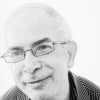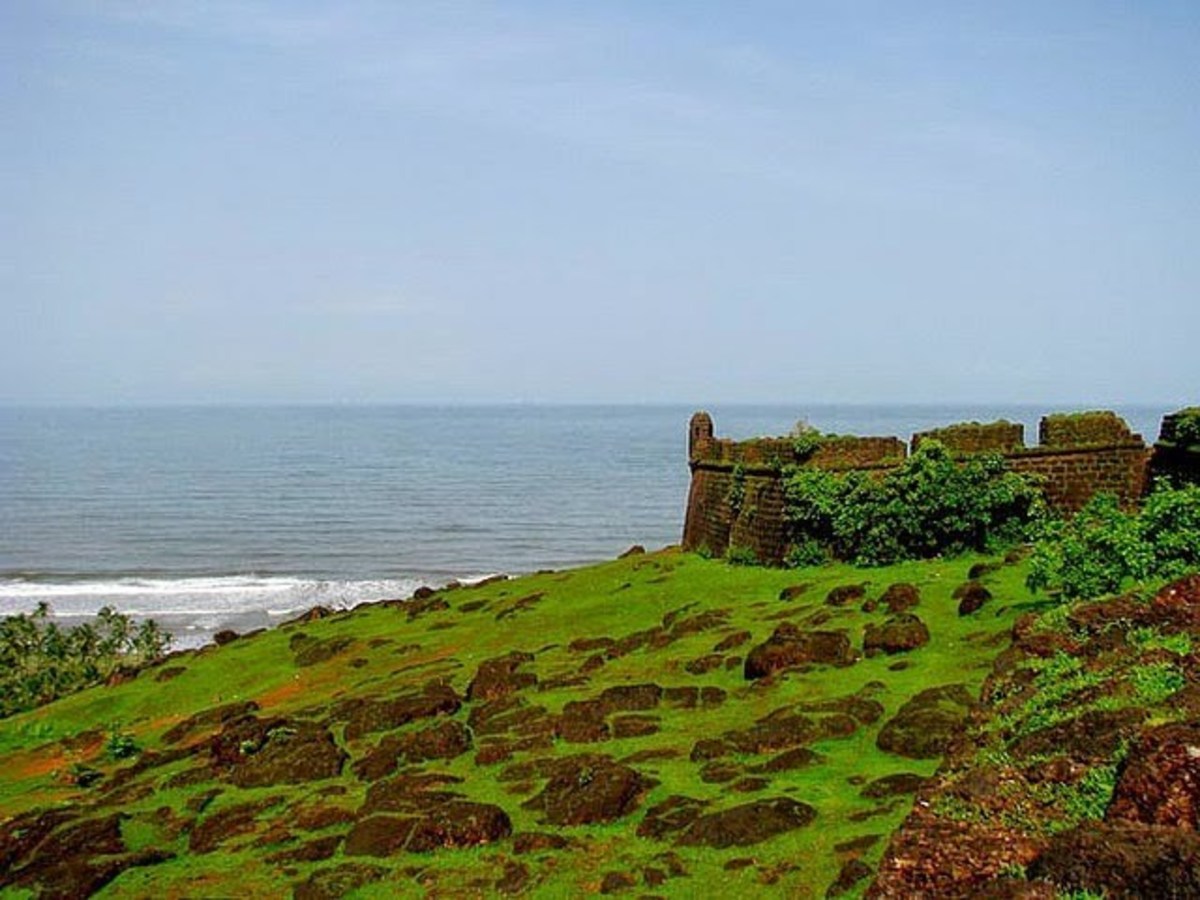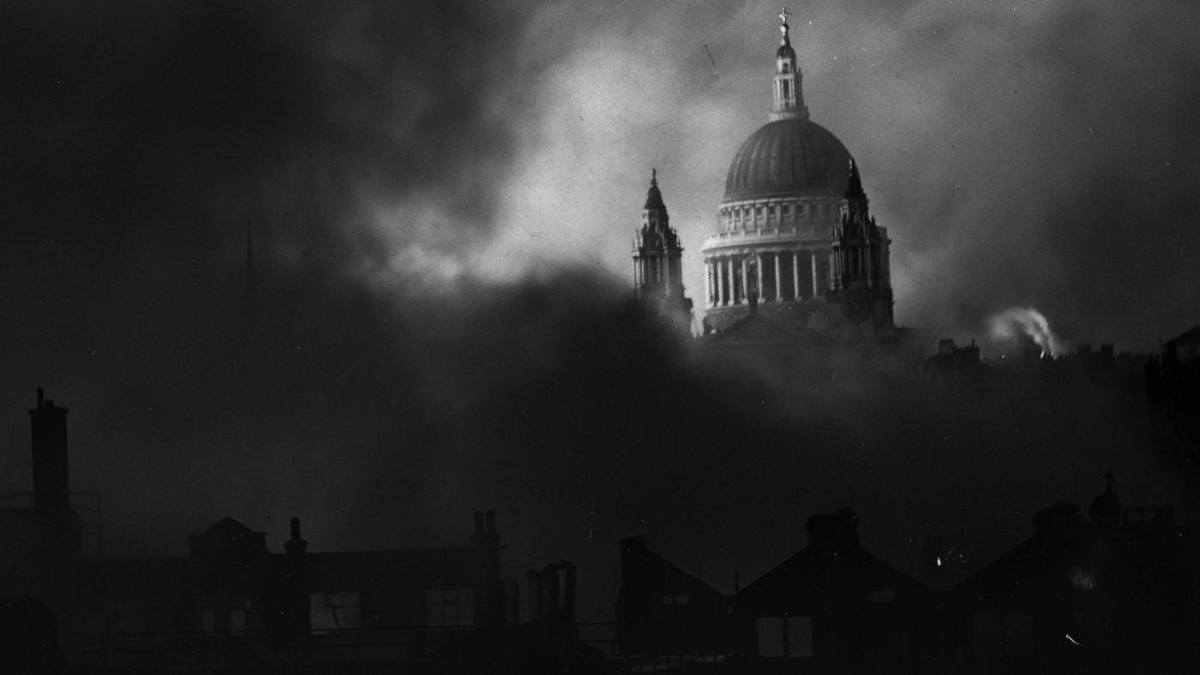Tunisia: A Country of Love
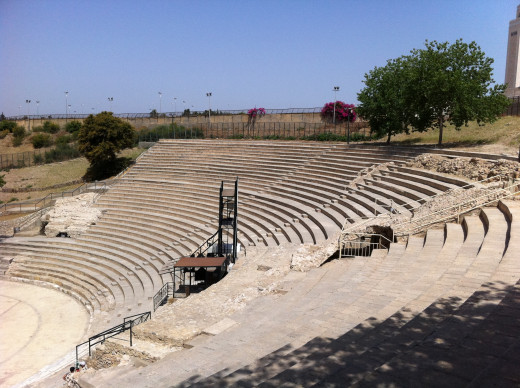
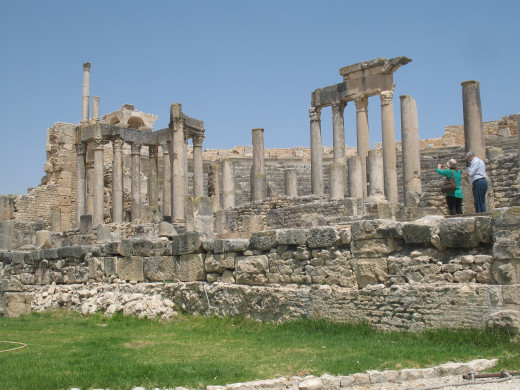
Skirts, sandals, bear arms, people milling around in different corners and avenues. So why did they choose an Islamic government, I kept telling myself.
This was Tunisia after the revolution, the beginning of the Arab Spring which forced long-term ruler Zeinaldin Ben Ali to relinquish power and flee the country on 13 January, 2011.
I was in green Tunisia, dubbed so because of its green fields, and surrounding blue seas that once rammed through the capital but now swept away by roads and concrete structures. I was told this was rich fertile territory which the Romans used as their bread basket to expand their empire.
We were in a hotel on the Paris Street in the middle of the city center, a modicum structure and a reminder of what can be termed as little France as judged from the concrete slabs built to reflect Parisian style buildings. Only these styles looked a bit shabby and really needed renovation to stand out again.
But the pace of life was really quite different here. Despite the heavy traffic, worsened by the trams throughout the city which made the roads even tighter, Tunisians move at their own pace, unwilling to be irked, but always having a room for a smile.
People are hungry, this is why they made the revolution I’d sugges. Nay, comes the reply from an informed passerby, people always complain whatever the status, it was simply time for Ben Ali to leave after 23 years of rule.
The Paris Avenue is in the modern part of town, junctioning with the Al Habeeb Bu Rugaibah Street, named after the father of modern Tunisia who installed himself in power after the country gained independence from France in 1956. He maintained grip on the country till 1987 when he was ousted from power by his protégé Ben Ali.
Today, the Habeeb Bu Rugaibah Street sparkles and twinkles. Just before you enter the turnabout there lies Tunisia’s banking district that needs a bit of an overhaul, but into the street is the wide pavements and the canopies that had tables that become full in the evening with people drinking espresso, lemonade or eating the local variety ice cream with flavored toppings.
There is no evidence of curfews, nor of tensions although cafes call it a day at around 11 pm. But still there is lots of foot traffic. Despite the fact that Tunisia very much thrives on its European tourists, there is very little evidence of that. I was told they were tucked away on the country’s tourist resorts around the beaches stretched out on the Mediterranean.
Most of the people in the capital, deemed to be 2 million of around a population of 12 million for the whole country, most were Tunisians, although you could see, here and there, African faces. I was told they were mostly rich students who come up from Tunisia’s African neighbor countries and come here to study in the prestigious universities.
But they come here, and never leave the country of the rich francophone culture, and some even marry from the local girls who seem to take a liking to a different color.
Tunisia is rich in culture. After all, this is where Ibn Khaldoun, deemed to be the father of modern sociology, economics and once lived all the way back in the 14th century. His statute stands asunder down the Al Habeeb Bu Rugaibah Street.
His statute lead deep into the old town, the so-called madina, traditional city which today houses many of the government departments, its modern hospitals and the University of Tunis which has different campuses.
It is an old town of traditional marketplaces, souqs and alleyways that existed since millennia. One souq that is part of the 8th century Zaitouna Mosque turned-university-turned-pillar-of-Islamic-learning.
With its big courtyard, Zaitouna has much decorative facades and niches that lead to the old souq, an archaeological treasure of traditional shops that sell anything from leather to shoes and bridal wear.
It’s a labyrinth of alleyways and little streets that intertwine together, with the possibility of getting lost for the newcomer very real. There, we, a group of Euromed partner countries including Italy, Spain, Algeria, Jordan, and Tunisia itself, sat for dinner in one of the traditional but posh restaurants that whiffed a Tunisian flavor. It was unique paneling and ceramics that surrounded the hall seatings whose ceiling went up right till the very top and only connected by stairs that lead to upstairs floors that had different items you can buy.
The journey to Tunisia was indeed cultural. We were there as a group involved in an ATHENA Project to protect ancient theaters and make them better used by local communities.
Realizing the fact that Tunisia was indeed a touristic haven—nearly 7 million in 2009 according to World Bank reports—the country has many places of attractions.
In our first day we were taken to Sidi Bu Said, a 20-minute drive north of the capital Tunis. A marvelous uphill touristic venue surrounded by the sea, Sidi Bu Said was an architectural beauty of shops and cafes huddled between white and blue villas and houses that stretched through tiny and streets and alleyways literally leading to sea.
Here you can smell the fresh air, amidst the salty tastes of the blue waves. In cafes you can either sit on chairs or lay on a slighted elevated floor with your back to the wall sipping minted tea.
Sidi Bu Said is actually further than Carthage, the up-scale residential district that houses the famous Carthage Roman Theater and the Carthage Museum. It is here where culture and the arts intertwine through its annual festival that has been annually held since 1968.
Carthage is only one of 50 ancient theaters in the country. A rich residential area this is where culture is made through the Carthage International Arts Festival that has been held since 1968.
Another great mark was the Dougga Theater, part of an extensive Roman city north-west of Tunis. It is in mint condition, opening up to an archaeological city of living history.
Dougga was an end of our Tunisian tour. It was short-lived but alas a worthwhile one.
